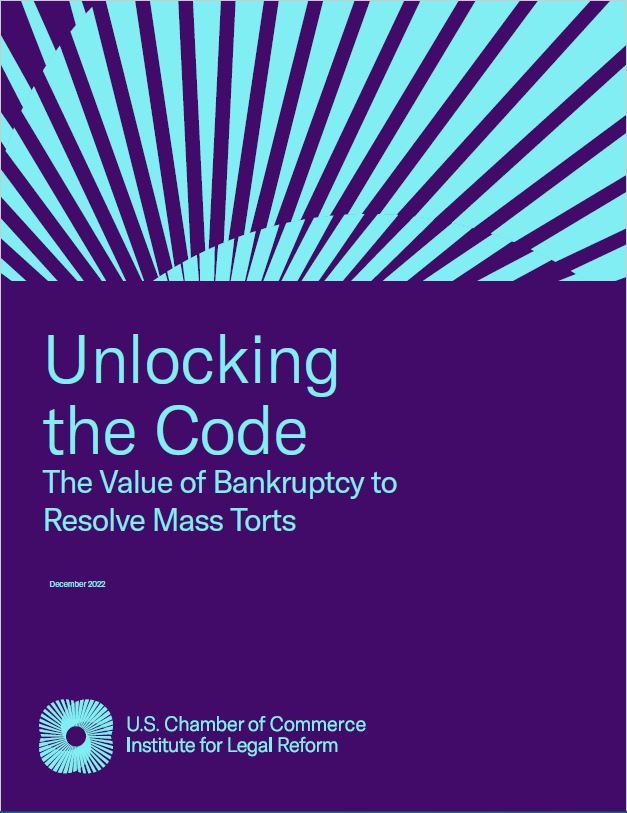As traditional asbestos manufacturers have been litigated into bankruptcy and have exited the tort system, plaintiffs’ lawyers have adapted their business model by casting a wide net for new companies to sue. This trend is especially visible in the Philadelphia Court of Common Pleas, one of the country’s busiest asbestos litigation dockets. A new study by C. Anne Malik of Orrick and Peter Kelso and Marc Scarcella of Roux zooms in on this development, examining a sample set of asbestos lawsuits filed in Philadelphia between 2017-2021. The study finds that on average, 38 defendant companies are named in each case, but only half of them are identified in discovery as sources of plaintiffs’ alleged asbestos exposures. The rest are likely dismissed from the litigation – but only after shouldering the expense of responding to the complaint and participating in discovery.
The reason these companies are being named as defendants even though they have little or nothing to do with the alleged harms is simple: as front-line asbestos firms go bankrupt, plaintiffs’ lawyers have increased the number of secondary or peripheral defendants in subsequent lawsuits to maintain the potential monies available for recovery.
This research reveals the numbers behind the trend, makes the case for reforms to curb the unfair practice of “over-naming,” and points out the need for more timely disclosures of asbestos trust claims and compensation entitlements during the pendency of tort claims.
As the paper concludes, “[a]bsent these reasonable legislative or judicial solutions, an increasing number of defendants will unnecessarily be brought into litigation, forced to pay the several liability shares of the bankrupt defendants, and perpetuate the cycle of asbestos bankruptcy filings as plaintiff law firms continue the endless search for a solvent bystander to sue.”


